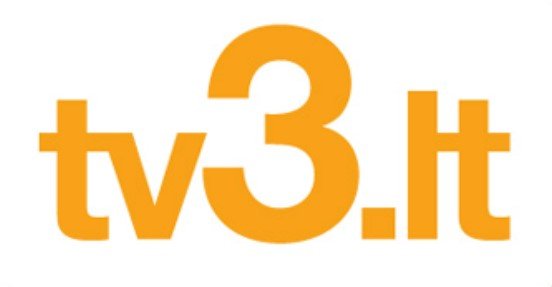
Lithuania’s gross domestic product (GDP) has been declining for two consecutive quarters. When this happens, the country is considered to be in a recession or economic contraction. So far, relatively few people are experiencing this – more likely those who lose their jobs, have their salaries cut, or have interest rates on loans rise, TV3.lt reported.
However, if these trends continue, Lithuania’s future may not be as bright as previously thought.
On Tuesday, Gediminas Šimkus, Chairman of the Board of the Bank of Lithuania, discussed the situation of the Lithuanian economy and possible threats.
Four risks for the Lithuanian economy
“The financial system, just like the population or business, is facing both ongoing challenges due to the consequences of Russia’s ongoing war against Ukraine and high inflation, as well as completely new ones,” commented G. Šimkus.
The banking sector in Lithuania is holding up reasonably well, he said. Their interest income continues to grow. Banks will continue to record profits even with the solidarity tax that has just been adopted.
On the other hand, according to the Governor of the Bank of Lithuania, some risks in our country have increased significantly.
Firstly, there is the risk of an economic shock in an environment of falling trade, high inflation and rising interest rates.
“If the risk of a shock were to materialise and the economy and exports were to shrink significantly, the number of jobs would fall, which would also affect the state of financial stability and the ability of companies and individuals to repay their loans,” explained Mr Šimkus.
Another risk, he said, is that of a downturn in housing and commercial real estate. As borrowing has become more expensive and housing has become less affordable, demand for housing has fallen, and the market has cooled significantly.
The annual growth rate of house prices is still high, and the level of house prices has not changed much since autumn 2022. However, the Bank of Lithuania’s assessment is that the smooth slowdown in the housing market is not currently a major concern and is even beneficial for the market itself, helping it to return to a more normal path after a period of high activity.
“However, if a negative scenario were to materialise, i.e. a significant deterioration in the economic situation, a rise in unemployment and a significant tightening of financing conditions, the housing and commercial real estate markets could be hit by a shock,” explained the Governor.
He added that there is also a risk of a decline in confidence in the financial sector due to heightened tensions in global financial markets.
Finally, according to Mr Šimkus, there is a risk of a significant cyber-attack in the event of war.
As the number of cyber-attacks has increased significantly since Russia launched its war against Ukraine and the financial system is becoming an increasingly frequent target, the likelihood of a systemically important cyber-attack in a war remains elevated.
Financial institutions must continue to strengthen their resilience to cyber-attacks and increase their investment in securing their information technology systems.
Two more challenges
The Bank of Lithuania has also identified two challenges for the financial system this year.
First, the rapidly expanding electronic money and payment institutions and cryptocurrency sectors need to further strengthen their maturity, especially in the area of money laundering risk, in order to avoid potential systemic implications for the reputation of the country’s financial system.
Close cooperation and capacity building between different financial institutions can help to prevent risks and increase the resilience of the sectors, while the new amendments to the AML/CFT Law and the Cryptocurrency Markets Regulation will contribute to a more sustainable development of the sectors.
The second challenge is that the Lithuanian banking sector remains exposed to long-term climate change risks from transitioning to a climate-neutral economy.
Lending to the sectors most sensitive to transition risk (transport, manufacturing, agriculture and energy supply) accounted for 32% of the non-financial corporations’ loan portfolio in the fourth quarter of 2022. Sluggish greenhouse effect (GHG) emission reductions raise the likelihood of a chaotic green transformation scenario coming to fruition.
The first-ever analysis of the banking sector’s sensitivity to climate change risks shows that taking additional measures to reduce GHG emissions would reduce the banking sector’s credit losses over time.


Be the first to comment